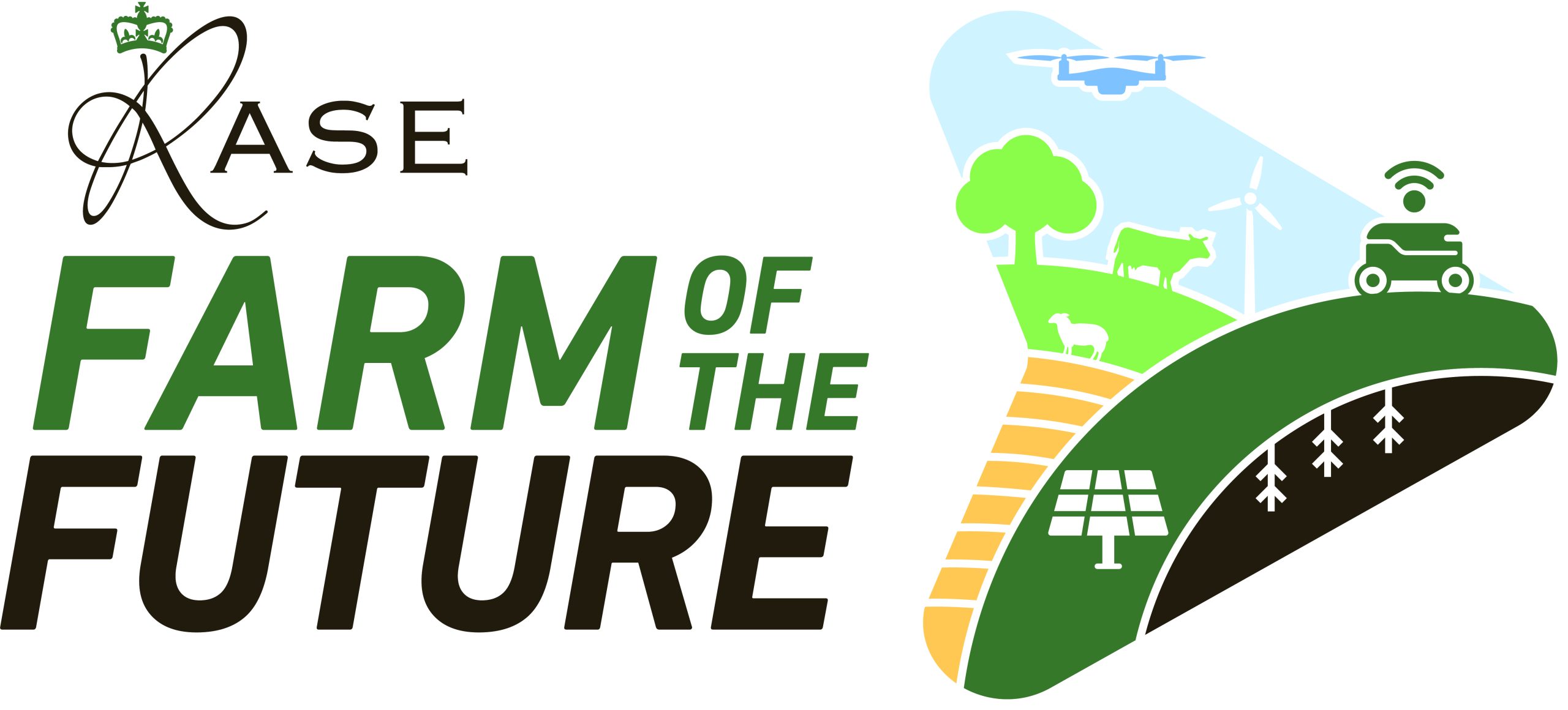In a world where farming faces increasing scrutiny and opportunity, carbon sequestration offers a dual benefit—supporting climate goals while opening new revenue streams for farmers. But how feasible is it really to get paid for the carbon you lock into your soil?
Carbon as a commodity
Farming is at the frontline of climate volatility. Yet, beyond vulnerability lies opportunity, as agricultural land can actively remove carbon from the atmosphere and store it in soil and biomass. As supply chains and finance sectors chase net zero, farm-level carbon is fast becoming a tradable asset.
Speaking during the recent Farm of the Future webinar “Carbon Credits Debunked”, Becky Willson of Farm Carbon Toolkit explained how carbon’s rising value is creating real financial prospects for UK farmers. Demand from corporates—particularly those without land-based emissions solutions—is driving interest and investment.
Carbon sequestration and storage
UK farmland already stores vast amounts of carbon in soils, hedgerows, and woodlands. However, to contribute to net zero, it’s not about what’s already there—but how much more is added, and what is retained.
The farmer’s challenge is twofold:
- Protect existing carbon stocks, for example by preventing carbon already stored in the soil, trees or hedgerows from being emitted
- Sequester additional carbon via soil-building and biomass-rich practices like agroforestry, rotational grazing and no-till systems
How farmers can get paid
Government-backed schemes include:
- The UK Woodland Carbon Code, which incentivises tree planting to increase carbon storage
- The Peatland Code, which rewards peatland restoration
Both of these schemes feed into the UK Land Carbon Registry, a transparent platform recording carbon storage and credits. Emerging initiatives like the Soil Carbon Code and Hedgerow Carbon Code promise more accessible routes for mainstream farmers.
Beyond the public sector, farmers can also enter voluntary carbon markets, generating credits through improved land management and selling them for offsetting or insetting. Offsetting involves selling credits to third-party businesses, while insetting keeps the credits within the same supply chain—for example, a retailer investing in carbon-positive practices on the farms supplying them.
Speaking in the webinar, Becky warns that once credits are sold externally, those carbon gains may no longer count toward a farm’s own or its supply chain’s net zero targets.
Start with a baseline
Carbon trading begins with knowing your numbers. A baseline carbon audit quantifies emissions, sequestration potential, and areas for improvement. Without it, monetising carbon—ethically or practically—is impossible.
Becky suggests looking for schemes that conduct robust, science-based measurement, not just modelled estimates.
Questions to ask
Before entering any scheme, farmers must evaluate:
- Scope – does it cover the whole farm, or just one field?
- Measurement methodology – is data modelled or field-tested?
- Permanence – how long will the carbon stay sequestered?
- Flexibility – will selling credits now limit future supply chain commitments?
Mixed farms and livestock enterprises may face additional complexity, as many models are still better suited to arable systems.
Carbon and the bigger picture
While carbon markets offer income, Becky warns against “carbon tunnel vision”. Sustainability is multi-dimensional and includes food production, environmental protection, and nutrient and water cycle management, in addition to reducing emissions or storing carbon. Any decision must serve your farm’s broader goals:
- Does this protect the farm’s natural assets?
- Will it support long-term business viability?
- Is it aligned with the your values and farm strategy?
Carbon markets are evolving. Farmers must stay informed and critically assess opportunities. But one thing is clear: rewarding farmers for carbon—and for broader ecosystem services—is both fair and increasingly possible. To hear the full discussion, watch the Farm of the Future webinar via the RASE member resources.

